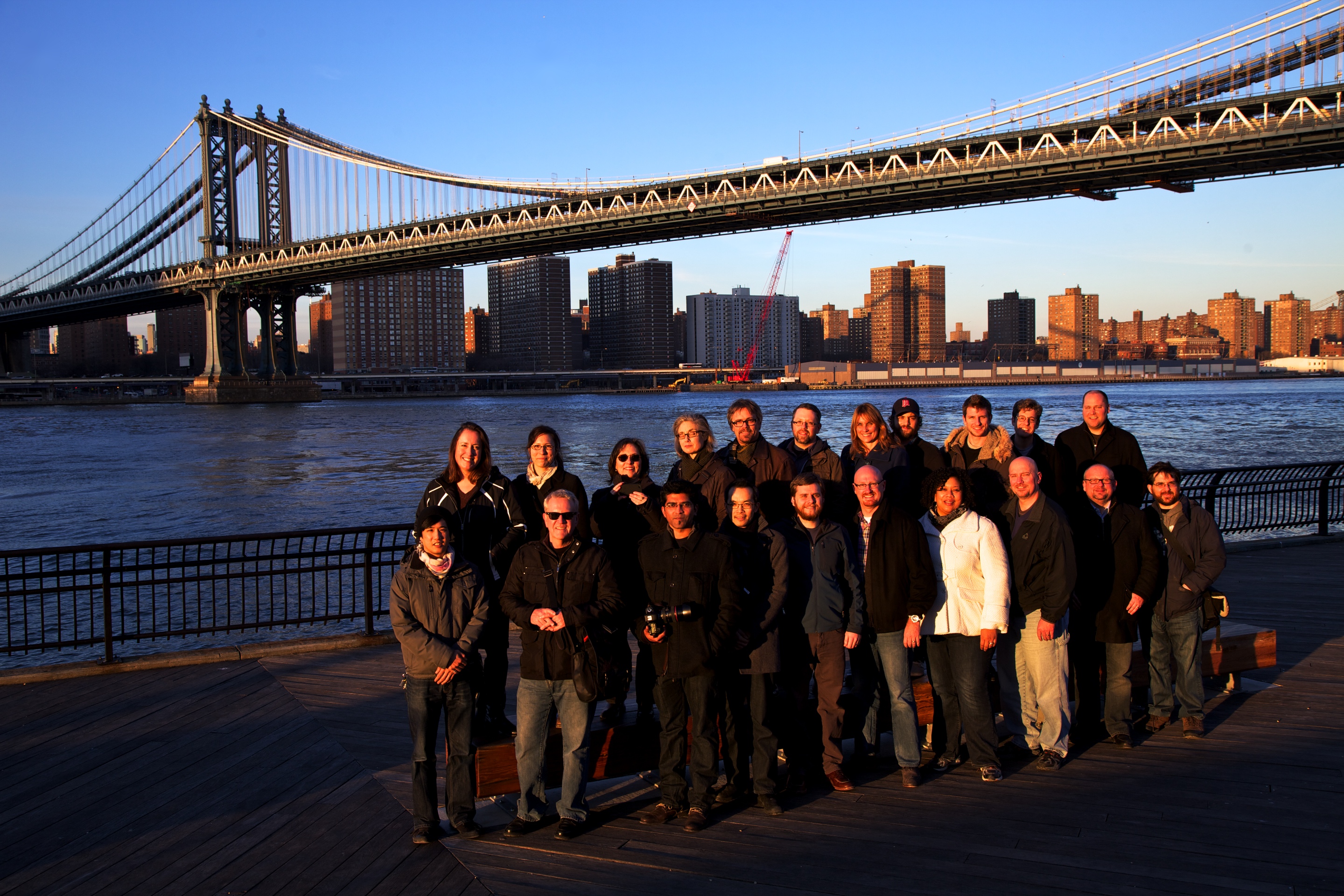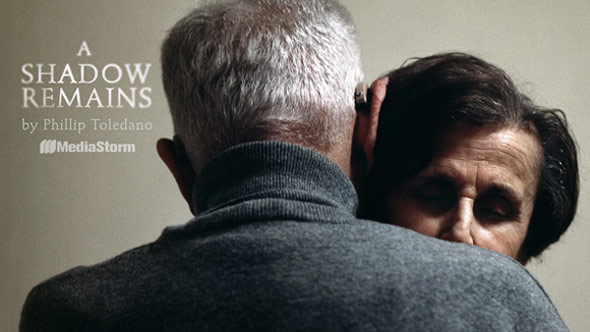Upcoming MediaStorm Opportunities
MediaStorm has several opportunities open for late summer and fall 2012. See below for details on internships, upcoming workshops, and careers at MediaStorm. Apply for MediaStorm’s Fall Internship Application deadline July 15 MediaStorm is looking for interns. If you're motivated, highly-organized, and passionate about multimedia, we'd love to hear from you. We're looking for experience in multimedia production, design, motion graphics, and/or programming for web. Internships are paid. Learn more on our careers page or start your application now. Attend an Upcoming Workshop MediaStorm will be holding the following workshops this summer and fall. Apply now. MediaStorm Methodology Workshop Aug 13-17 *Apply by: Jul 16 One-Day MediaStorm Workshop Oct 20 *Apply by: Sep 28 MediaStorm Storytelling Workshop Nov 10-16 *Apply by: Sep 12 MediaStorm Methodology Workshop Dec 10-15 *Apply by: Nov 9 MediaStorm Methodology Workshop This workshop is tailored to professionals who want to integrate MediaStorm methods into their curriculum or approach…





